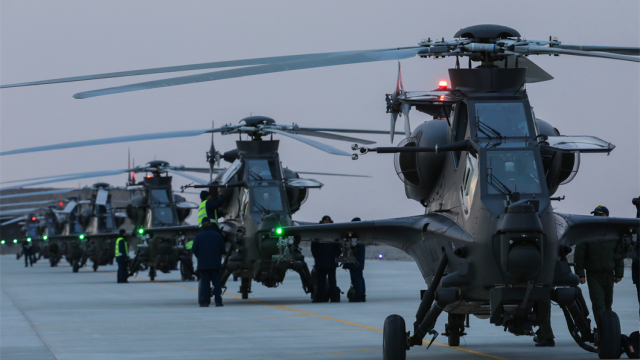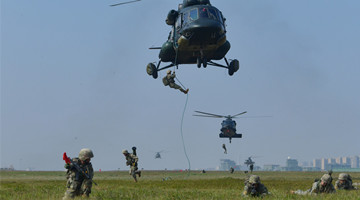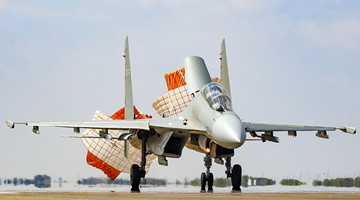By Yang Yucai
Australia’s Sydney University recently issued a research report saying that the US no longer has absolute military superiority in the Indo-Pacific region and the rising number of precise long-range missiles in China constitutes a major threat to almost all the bases, airports, ports and military facilities deployed by the US, its allies and partners in the western pacific.
The contents and viewpoints in the report have to be analyzed case by case, and there is no need to deny the part about the growth and enhancement of China’s capability in missile weapons, the inaccurate figures aside.
In the new century, the rising strategic deterrence and actual combat capability of the Chinese military is an objective fact. It could be talked frankly and outright about Chinese military services construction, especially the development of the Rocket Force’s equipment as well as tactical and technological capability.
However, there also have been ambiguous and inaccurate parts in the report that must be clarified, in case anyone would be misled. The report said the US no longer has absolute military superiority in the Indo-Pacific region. That has been a matter of fact ever since there had been rivals establishing nuclear strategic deterrence in this region. Neither did it just emerge recently, nor has it been caused by China alone.
Meanwhile, the US still has obvious superiority over any individual rival. Its military, with systematic supportive strength and strong actual-combat capability of all services, is basically unrivaled in the world coupled with the assistance from its allies.
Moreover, Chinese side should resolutely expose and refute the “China threat” fallacy that has been imagined and intentionally hyped up by some country. The idea that Chinese missiles constitute the chief threat to the US, its allies and partners is sheer sensational exaggeration out of ulterior motives.
Regarding the nature of national military construction, China is a strategically defensive country that implements a defensive strategy and mainly makes defensive strategic deployments in the region. It has no strategy that deliberately threatens other countries, neither initially making offensive strategic military deployment, nor having ever threatened another country looking back in the history.
China advocates solving the current international interest conflicts through equal dialogue and political settlement instead of resorting to the use of force or the threat to use it.
China will never regard any country as a rival as long as it harbors no hostility toward China and has no intention of interfering in China’s internal affairs or deliberately violating Chinese sovereignty.
Given China’s current military strength and development, it would be better if they strictly limit the region, scope and field when speaking of Chinese advantages. China hasn’t achieved reunification yet and there are growing overseas interests needing to be protected, so China have a huge strategic demand to safeguard national military security and regional peace through deterrence and military operations other than war.
But China’s military buildup, at least for now, still cannot meet its demand for safeguarding national and regional security, and the strategy of building China into a strong maritime country and a top-grade military in the world is still in the early stage.
The so-called “China threat” in certain people’s words could be referred to as China’s ability to counter possible external invasion and interference. This increasingly stronger anti-interference ability, or the “anti-intervention” and “area-protection” ability, may have become true obstacles to the bullying behaviors and regional hegemonistic policies of potential invaders.
Under the framework of the “Third Offset Strategy”, the US put forth a series of new strategies and combat concepts, all serving its containment strategy against China, as evidenced by its intensified “freedom of navigation” operations challenging China’s sovereignty in the South China Sea and the constant crossing of the Taiwan Straits by American vessels and aircraft.
In comparison, the military threat faced by China is realistic and so pressing that had it not acquired the countering capability, large-scale local wars targeting China and some other East Asian countries might have long broken out.
The report issued by The University of Sydney advised the US to make necessary strategic adjustments and truly shift its strategic focus to the Indo-Pacific region. Such advice might cater to the psychology and needs of the United States and might become a component of its China-targeted “re-balancing” strategy in the future.
(The author is a professor with the PLA National Defense University)









